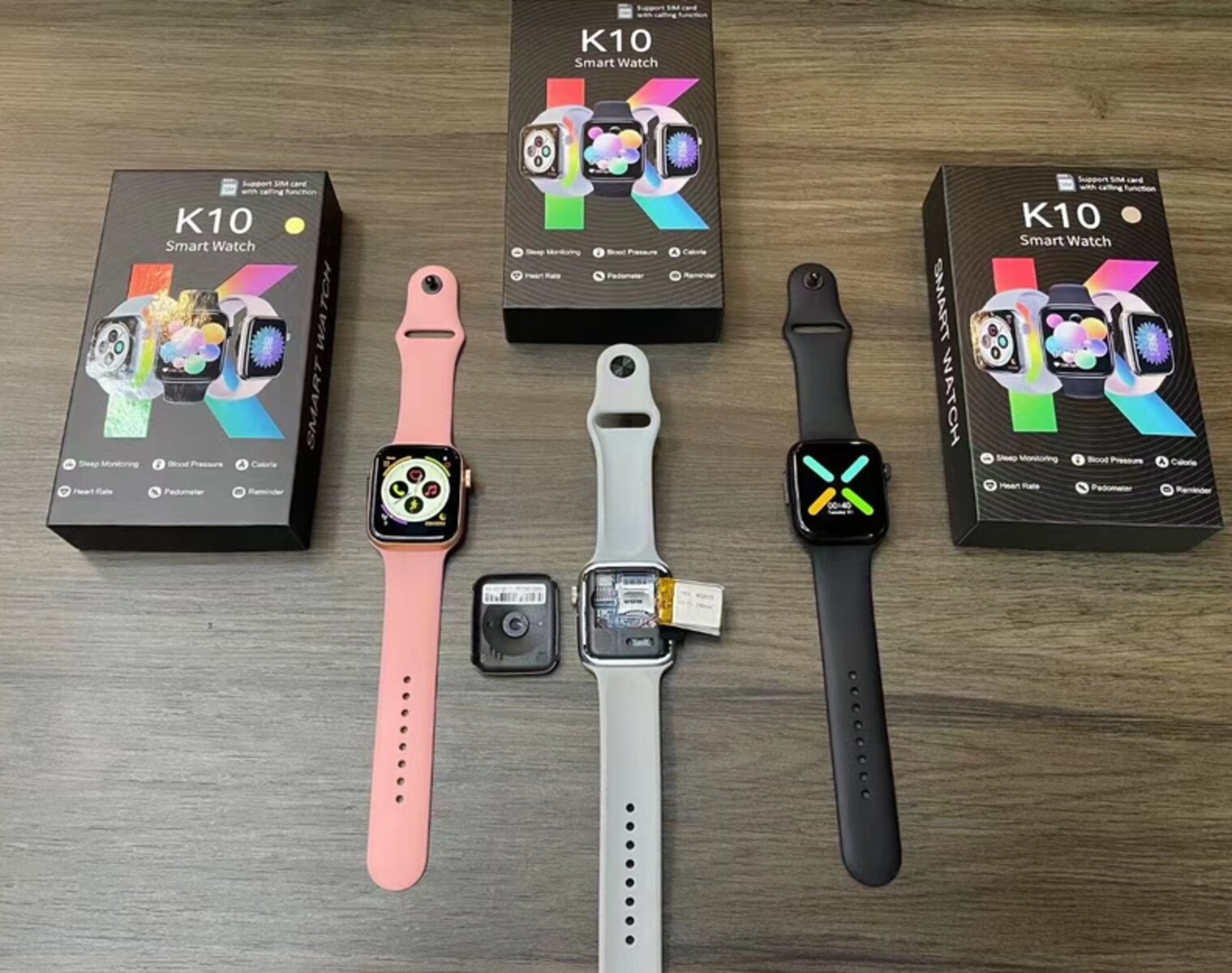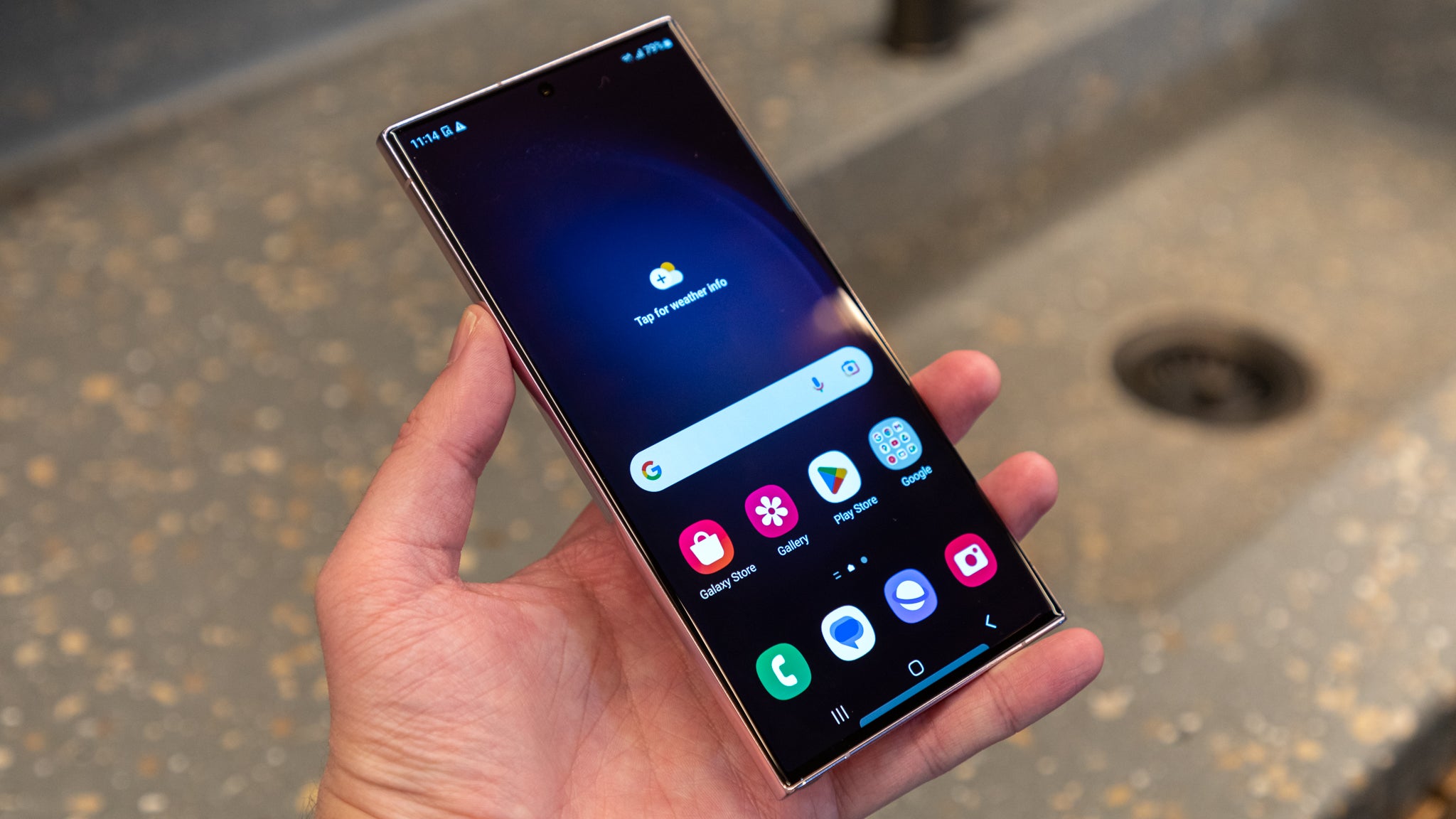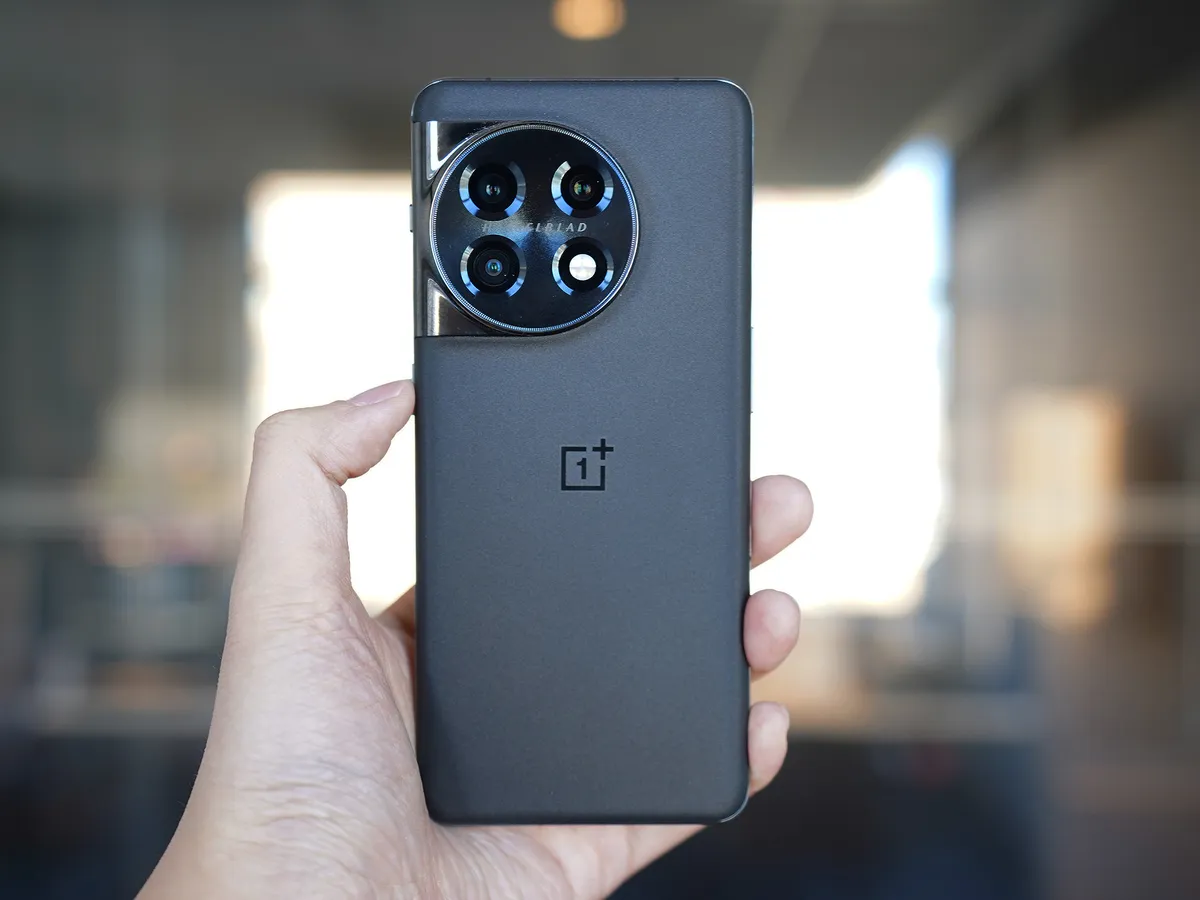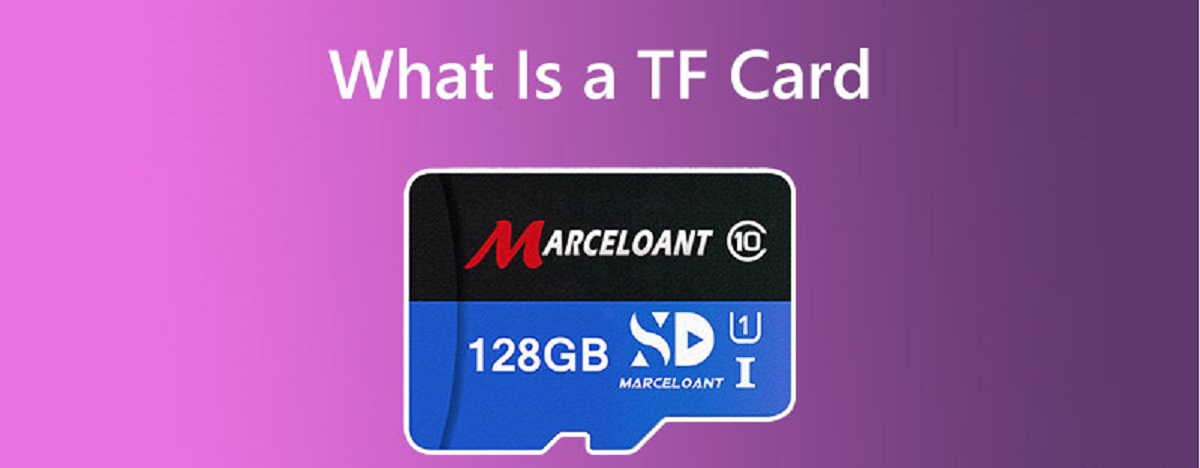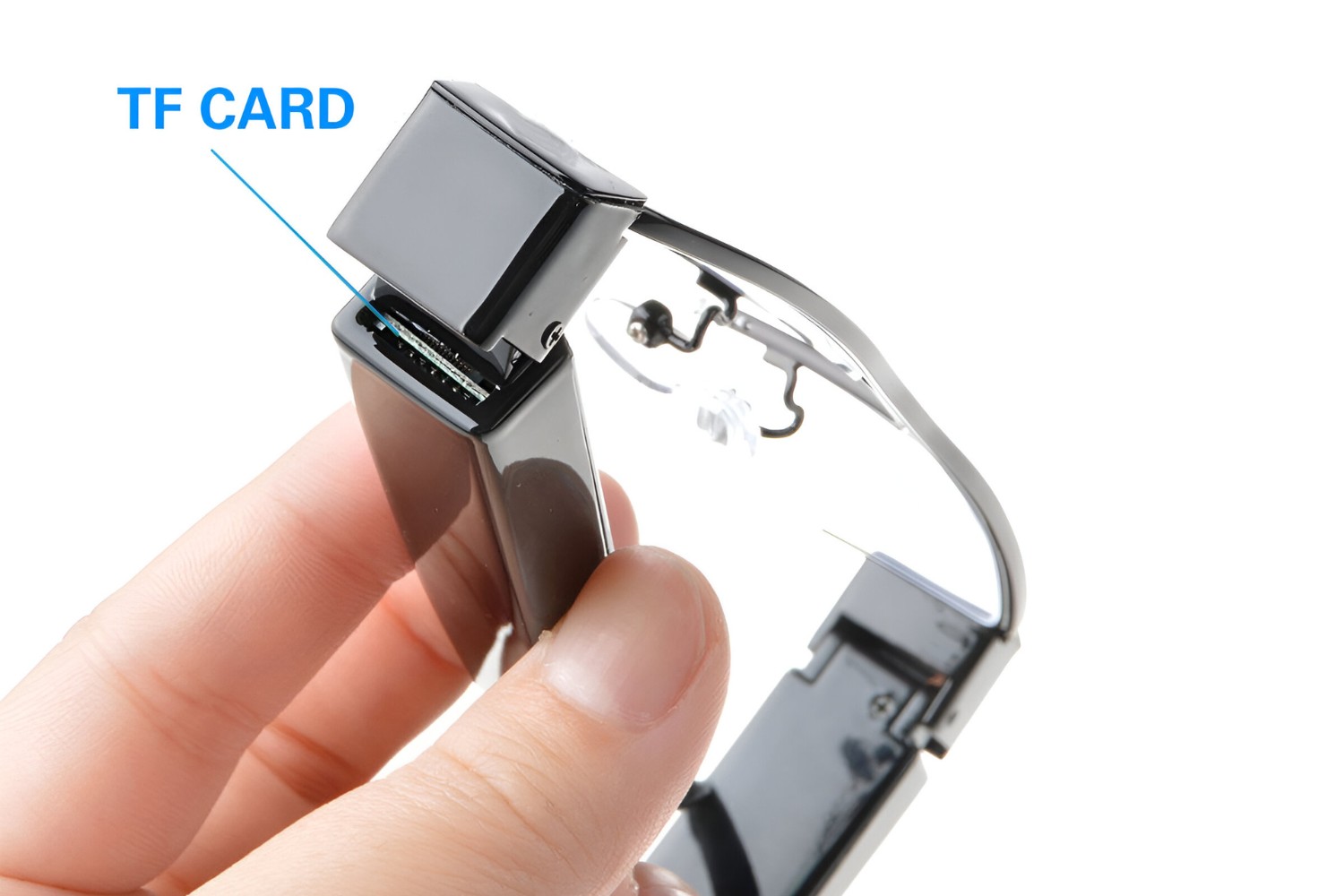What is a TF Card and its Role in Smartwatches
A TF card, which stands for TransFlash card, is a type of memory card that is commonly used in electronic devices such as smartphones, digital cameras, and smartwatches. In essence, a TF card serves as a portable storage solution that allows users to store and access data on their devices.
When it comes to smartwatches, TF cards play a crucial role in expanding the device’s storage capacity. Many smartwatches come with limited internal storage, which can quickly fill up with apps, music, photos, and other data. This is where TF cards come in handy, as they provide a convenient way to increase the storage space available on the smartwatch.
TF cards are available in various storage capacities, ranging from a few gigabytes to several hundred gigabytes, allowing users to choose the card size that best suits their needs. By inserting a TF card into a smartwatch, users can effectively enhance the device’s storage capabilities, enabling them to store more files and data without relying solely on the internal memory.
Moreover, TF cards are known for their compact size, making them ideal for use in small, portable devices like smartwatches. Their diminutive form factor ensures that they do not add significant bulk or weight to the smartwatch, maintaining the device’s sleek and lightweight design.
Overall, TF cards serve as a practical and efficient means of expanding the storage capacity of smartwatches, allowing users to make the most of their devices without being limited by internal memory constraints.
Benefits of Using a TF Card in Smartwatches
Utilizing a TF card in a smartwatch offers several notable advantages that enhance the overall user experience and functionality of the device.
- Expanded Storage Capacity: One of the primary benefits of using a TF card in a smartwatch is the ability to expand the device’s storage capacity. This allows users to store a larger volume of music, photos, apps, and other data without encountering storage limitations.
- Enhanced Media Accessibility: With a TF card, users can carry an extensive music library on their smartwatch, enabling them to enjoy their favorite tunes without relying on a separate music player or smartphone. Additionally, the expanded storage facilitates the storage of more photos and videos, enhancing the smartwatch’s multimedia capabilities.
- Improved App Management: By utilizing a TF card, smartwatch users can download and store a greater number of apps, expanding the device’s functionality and customization options. This is particularly advantageous for individuals who rely on their smartwatches for various tasks and activities.
- Seamless Data Transfer: TF cards facilitate the swift and convenient transfer of data between devices. Users can easily transfer files, such as music playlists or workout data, from their smartwatch to other devices, or vice versa, without relying on an internet connection or cloud storage.
- Backup and Security: In the event of a smartwatch malfunction or data loss, a TF card serves as a reliable backup solution, safeguarding important files and personal data. This provides users with peace of mind, knowing that their data is securely stored and easily recoverable.
Overall, the utilization of a TF card in a smartwatch significantly enhances the device’s storage capabilities, media accessibility, app management, data transfer efficiency, and data security, ultimately enriching the user experience and versatility of the smartwatch.
How to Insert and Use a TF Card in Your Smartwatch
Inserting and using a TF card in your smartwatch is a straightforward process that can greatly enhance the device’s storage capabilities. Here’s a step-by-step guide on how to insert and utilize a TF card in your smartwatch:
- Locate the TF Card Slot: First, identify the TF card slot on your smartwatch. This slot is typically located on the side or back of the device and is designed to accommodate the TF card.
- Power Off the Smartwatch: Before inserting the TF card, it is advisable to power off the smartwatch to prevent any potential data corruption or damage to the card.
- Insert the TF Card: Carefully insert the TF card into the designated slot, ensuring that it is properly aligned with the connector pins. Gently push the card into place until it is securely seated in the slot.
- Power On the Smartwatch: Once the TF card is inserted, power on the smartwatch and allow the device to recognize and initialize the new storage capacity provided by the TF card.
- Format the TF Card (if required): In some cases, the smartwatch may prompt you to format the TF card to ensure compatibility and optimal performance. Follow the on-screen instructions to format the card if necessary.
- Utilize the Expanded Storage: With the TF card successfully inserted, you can now begin utilizing the expanded storage capacity. Transfer files, download apps, store music, and manage data with the confidence of having ample storage space at your disposal.
It is important to note that the specific steps for inserting and using a TF card may vary depending on the smartwatch model and manufacturer. Therefore, it is recommended to refer to the user manual or online resources provided by the smartwatch manufacturer for detailed instructions tailored to your device.
By following these simple steps, you can seamlessly integrate a TF card into your smartwatch, unlocking additional storage capacity and expanding the functionality of your device.
Things to Consider When Choosing a TF Card for Your Smartwatch
When selecting a TF card for your smartwatch, several key factors should be taken into consideration to ensure compatibility, performance, and optimal functionality. Here are the essential aspects to keep in mind when choosing a TF card for your smartwatch:
- Storage Capacity: Evaluate your storage needs and determine the appropriate capacity for your TF card. Consider the amount of music, photos, apps, and other data you intend to store on the smartwatch to select a TF card with sufficient storage space.
- Speed Class: Pay attention to the speed class of the TF card, as it directly impacts data transfer and app performance. For smooth operation and swift data access, opt for a TF card with a higher speed class, such as Class 10 or higher.
- Compatibility: Ensure that the TF card is compatible with your smartwatch model. Check the smartwatch’s specifications and guidelines provided by the manufacturer to verify the supported TF card types and capacities.
- Reliability and Durability: Choose a TF card from a reputable brand known for reliability and durability. A dependable TF card is essential for safeguarding your data and ensuring long-term performance in the smartwatch.
- Physical Size: Consider the physical size of the TF card, as smartwatches typically accommodate micro-sized TF cards. Verify the appropriate form factor (microSD) to ensure seamless insertion and compatibility with the smartwatch’s TF card slot.
- Brand and Warranty: Prioritize TF cards from trusted brands that offer warranty coverage and reliable customer support. A reputable brand provides assurance of product quality and support in the event of any issues.
Additionally, it is advisable to research user reviews and expert recommendations to gain insights into the performance and compatibility of different TF card models with smartwatches. By considering these factors and conducting thorough research, you can make an informed decision when choosing a TF card for your smartwatch, ensuring a seamless and efficient storage expansion experience.
Common Issues with TF Cards in Smartwatches and How to Fix Them
While TF cards provide valuable storage expansion for smartwatches, users may encounter common issues that can impact their functionality. Understanding these issues and their potential solutions is essential for a seamless experience with TF cards in smartwatches. Here are some prevalent issues and troubleshooting steps:
- Compatibility Problems: Some smartwatches may have compatibility issues with certain TF card models. To address this, ensure that the TF card is compatible with your smartwatch by referring to the manufacturer’s compatibility guidelines. If compatibility issues persist, consider using a TF card from a recommended brand or seeking assistance from the smartwatch manufacturer.
- Data Corruption or Loss: Data corruption or loss can occur due to improper handling or unexpected interruptions during data transfer. To mitigate this issue, always power off the smartwatch before inserting or removing the TF card. Additionally, regularly back up important data stored on the TF card to prevent potential loss.
- Slow Data Transfer: Slow data transfer speeds may hinder the performance of the smartwatch when accessing files or apps stored on the TF card. To address this, use a TF card with a higher speed class, such as Class 10, to improve data transfer rates and enhance the overall responsiveness of the smartwatch.
- TF Card Recognition Failure: In some instances, a smartwatch may fail to recognize the inserted TF card. To troubleshoot this issue, power off the smartwatch, remove and reinsert the TF card, ensuring a secure connection. If the problem persists, inspect the TF card for any physical damage or debris that may impede proper insertion.
- File System Errors: File system errors on the TF card can lead to data access issues and file corruption. To resolve this, consider formatting the TF card using the smartwatch’s built-in formatting option, ensuring compatibility with the smartwatch’s file system requirements. Always back up data before formatting to prevent data loss.
It is important to note that some smartwatch models may have specific troubleshooting procedures for TF card-related issues. Refer to the smartwatch’s user manual or online support resources provided by the manufacturer for tailored troubleshooting guidance.
By being aware of these common issues and implementing the recommended troubleshooting steps, users can effectively address TF card-related challenges and optimize the performance of their smartwatches, ensuring a seamless and reliable storage expansion experience.







